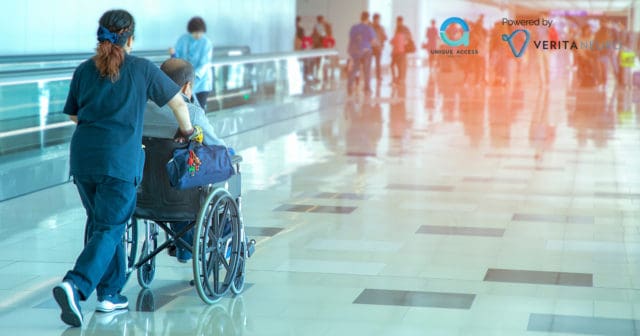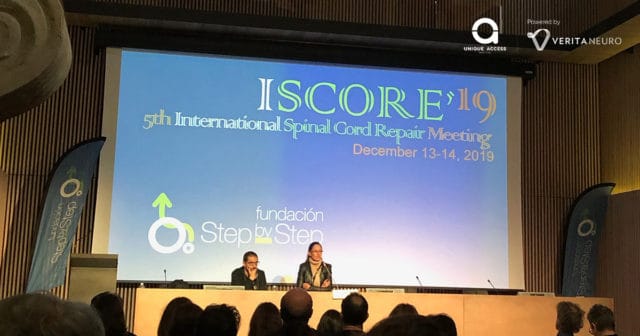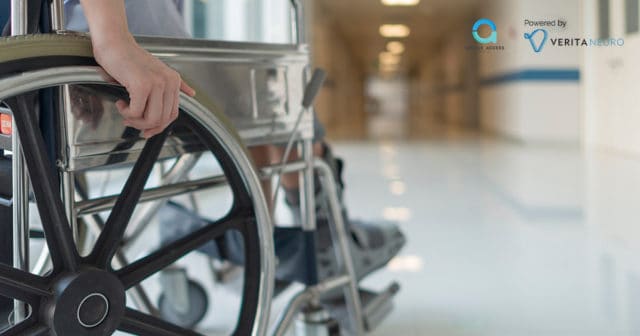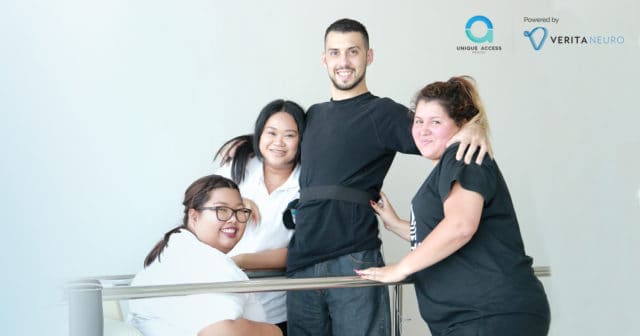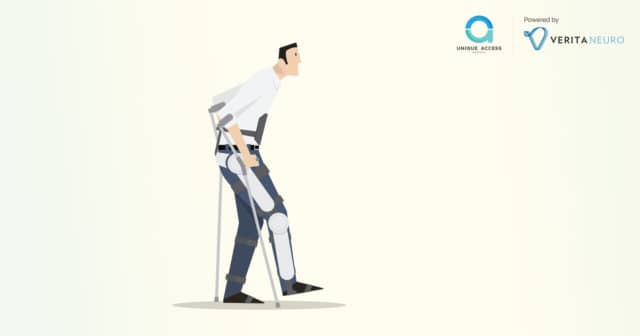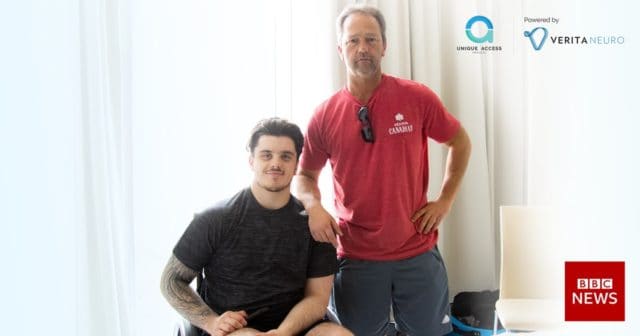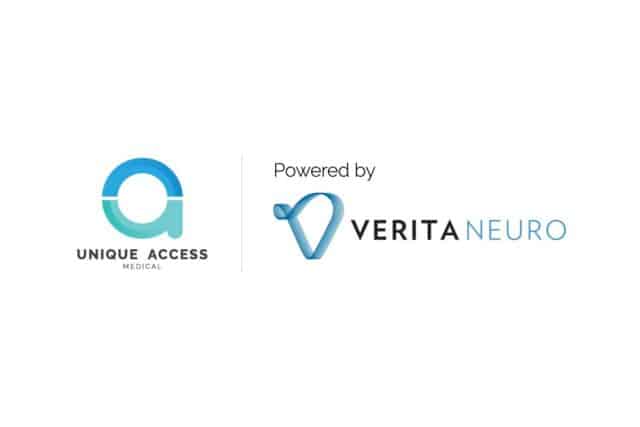Success rates for spinal cord injury (SCI) treatments have increased in recent years. Neurologists around the world have steadily introduced an array of progressive procedures that involve things like cortical electrode implants, nerve-regeneration injections, and targeted electrical stimulation, to name just a few.
Another procedure that is becoming more and more popular in the quest to cure paraplegia and quadriplegia is stem-cell therapy. It has shown great potential to physically repair patients’ damaged spinal cords, yet it flies under the radar due to the stigma it has generated politically in places like the US.
But this doesn’t appear to be a problem in Japan. That country’s Health Ministry has just given fast-track approval to a stem-cell breakthrough called Stemirac, a regenerative-medicine therapy that can help acute SCI patients regain control of gross motor skills and bodily functions within months of their injuries.
Stemirac is being described as “the first tissue-engineered medical product created from stem cells,” referring to the fact that the patient’s own body provides the material required to engineer this therapeutic new product.
That material is a type of stem cells known as mesenchymal stem cells, which get extracted from the patient’s bone marrow, cultivated in the laboratory, then returned to the patient intravenously six weeks after their injuries in order to reverse spinal cord damage.
According to Dr. Nasir Majeed, Unique Access Medical (UAM)’s regenerative-medicine specialist, “Stemirac is very positive news for patients who can be helped by stem-cell treatments, and not just those who have suffered spinal cord injuries. The sort of high-level approval we’re seeing in Japan certifies mesenchymal stem cells’ safety and should inspire more trials like this in the future.”
This view is shared by most regenerative-medicine researchers and by physicians who prescribe cellular therapy to their patients, but the optimism is cautious. The clinical trial that led to Stemirac’s approval in Japan — conducted by the Kobe-based Translational Research Informatics Center — has its critics.
In a recent Nature magazine piece, a group of independent researchers questioned the trials’ robustness, citing the absence of a double-blind component and the relatively small sample size (13 patients who had experienced an SCI within a 40-day period) as reasons for concern.
Normally, these would be fair criticisms when considering a new treatment’s long-term efficacy, but they feel like mere formality in Stemirac’s case once UAM’s recent work is taken into account. In addition to our breakthrough Epidural Stimulation treatment, we also provide a range of supportive treatments using mesenchymal stem cells and amniotic fluid stem cells.
“What we’re most interested in from the Japanese study is the approval for commercial use,” said Dr. Majeed. “The fact that a reasonable, respected government ministry has signed off on the treatment further validates UAM’s use of stem-cell therapy when treating SCI sufferers.”
Since 2016, we’ve helped over 50 men and women from around the world to stand, take assisted steps, and make voluntary movements of their limbs, while stabilizing their blood pressure, reducing neuropathic pain, and improving bladder and bowel function. For us, the Stemirac study confirms the viability of cellular therapy as a treatment for SCI.
To watch inspiring video testimonials from quadriplegics and paraplegics who’ve regained control of their lives thanks to Unique Access Medical, please visit our website. To speak to a patient services representative about our state-of-the-art regenerative-medicine facility in Bangkok, contact us today.
Source : www.nature.com


